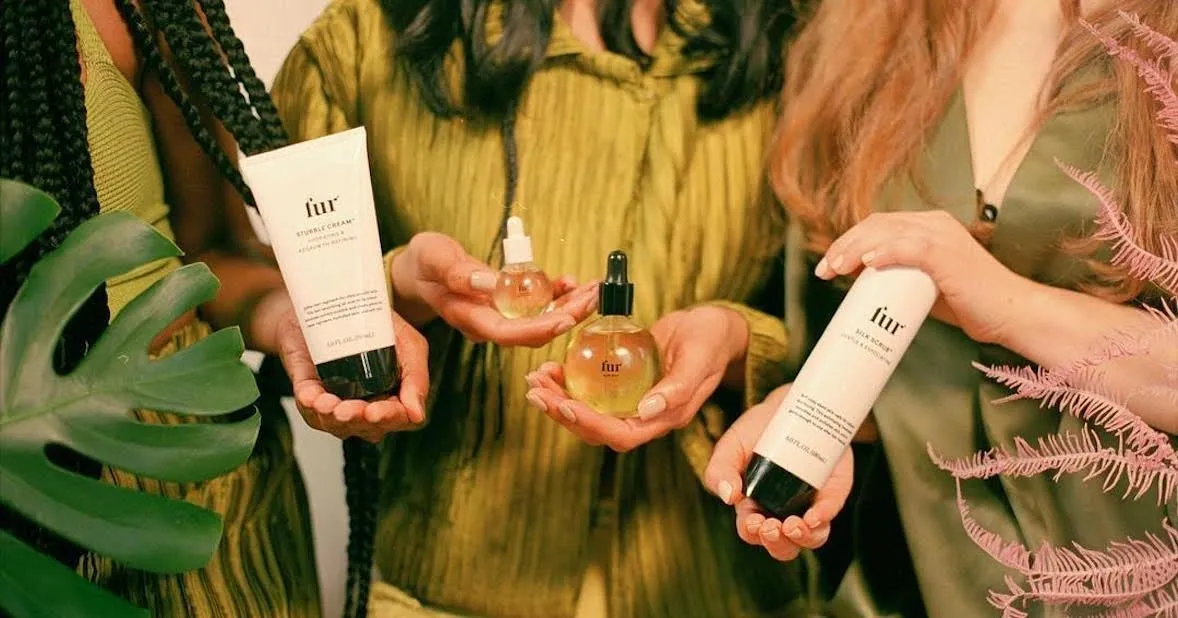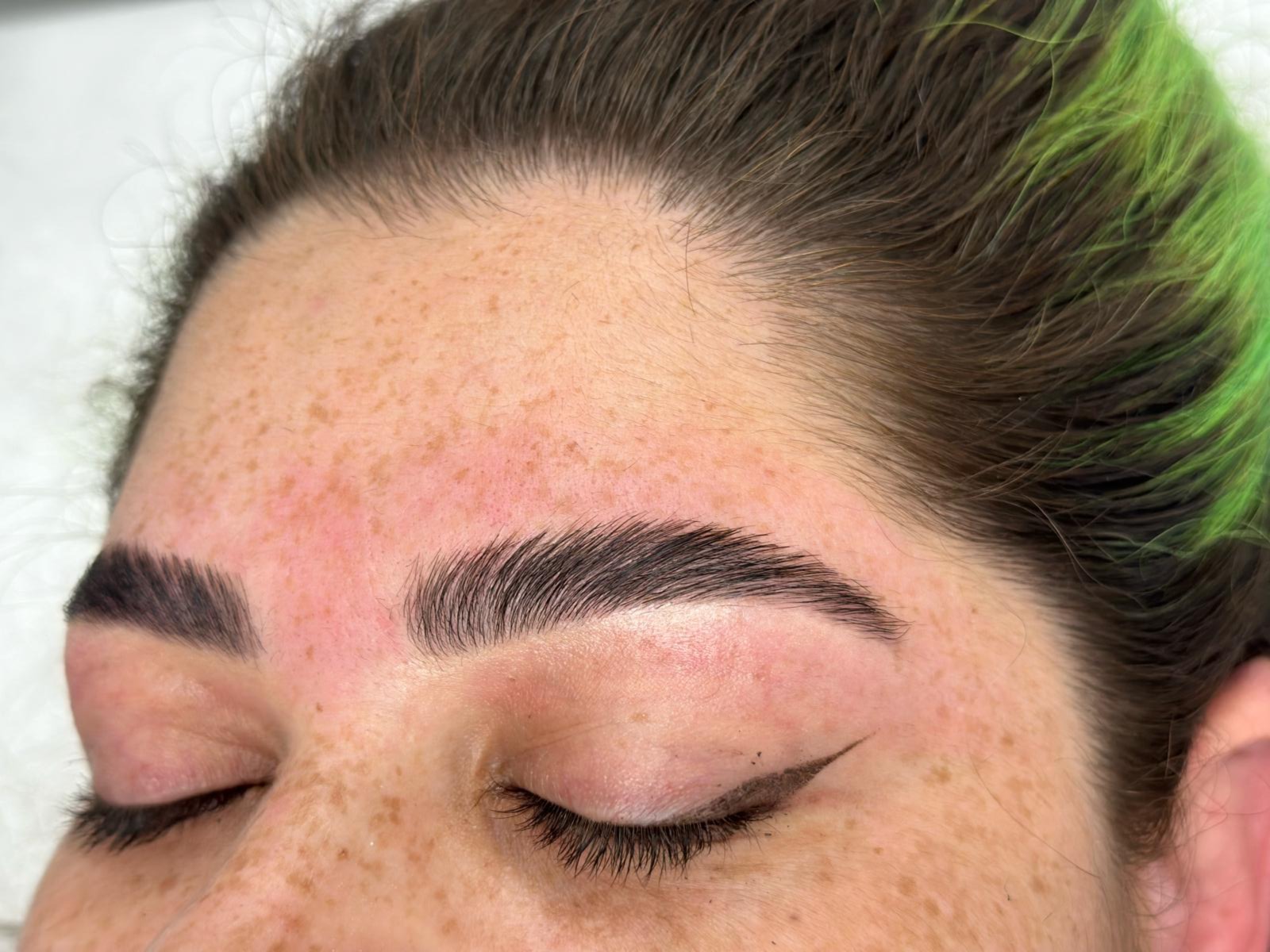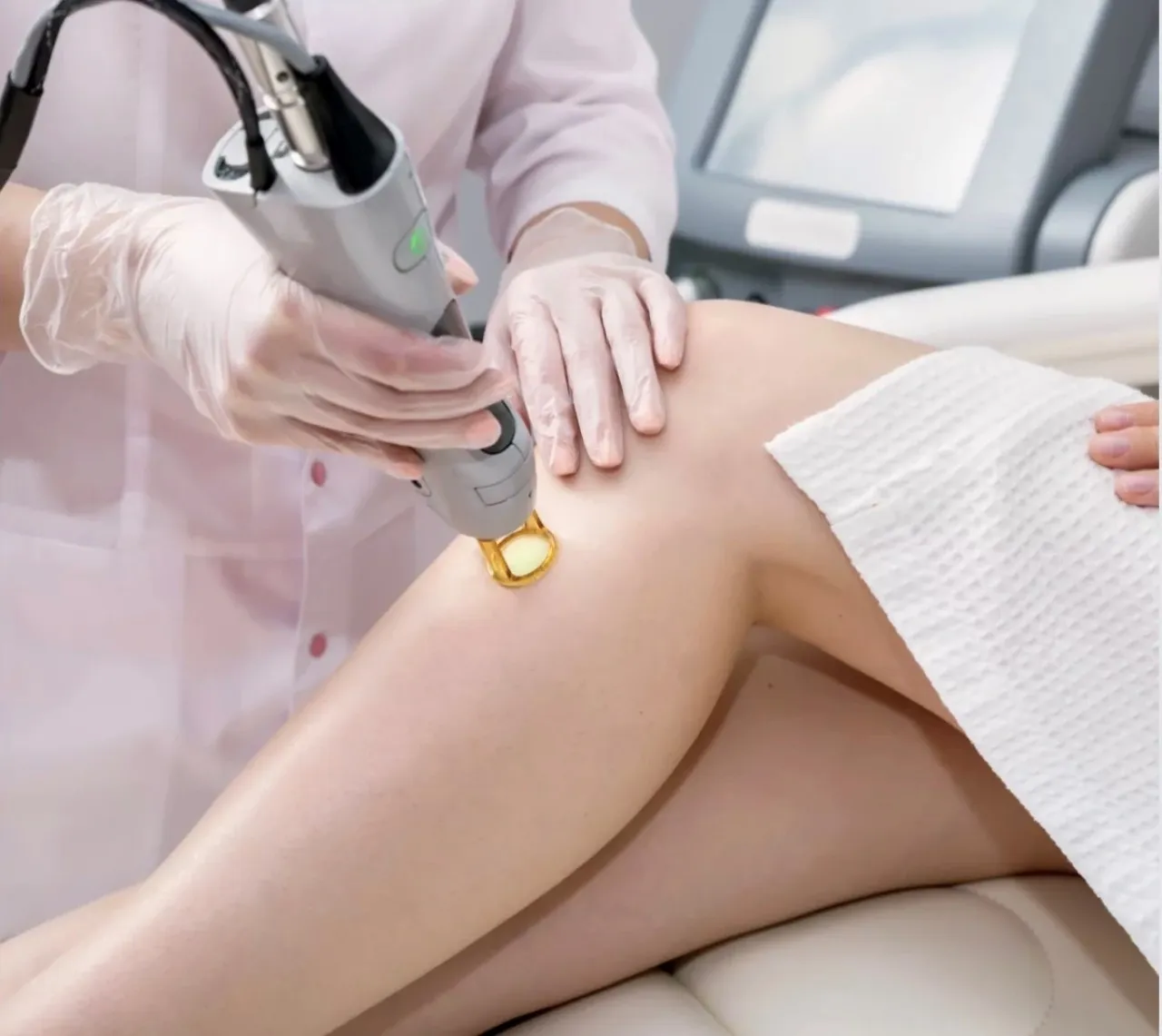Ingrown hairs are a common side effect of hair removal. Anyone can experience ingrown hairs, but they are more frequent in people with tightly curled and coarse hair. All forms of hair removal, from shaving to plucking to waxing, can cause ingrown hairs; the method you choose will determine how you treat them.
Ingrown hairs look like raised red bumps on your skin and can be very painful if not treated properly. The good news is that there are ways to prevent and treat ingrown hairs at home!
Ingrown hairs are a common side effect of hair removal.
Ingrown hairs are a common side effect of hair removal, and they’re often painful and sometimes more difficult to treat. Ingrown hairs can be caused by shaving, waxing, plucking or any other method that involves removing the hair from below the surface or level of your skin.
You can treat ingrown hairs by exfoliating
The first step in treating ingrown hairs is to exfoliate. You can do this in the shower, but make sure you use a gentle exfoliator. If you have sensitive skin, try using a soft cloth, facial scrub or loofah instead of something more abrasive.
While some ingrown hairs require medical attention, most can be treated at home.
So, you’ve got a few ingrown hairs after shaving or waxing. What can you do about it? Here are some helpful tips:
- Use exfoliation. When done properly, this is one of the most effective way to remove ingrown hairs. While there are many methods for exfoliating, including using a loofah, scrubbing pad, wet or dry brush, scrubbing creams and/or chemical exfoliants are also effective at removing dead skin cells that can cause ingrown hairs to form.
Now that we’ve covered some general information about ingrown hairs and how they form, let’s take a closer look at what causes them to form and how to treat in more details of this blog. As always, feel free to contact us at WonderWax for more information.





